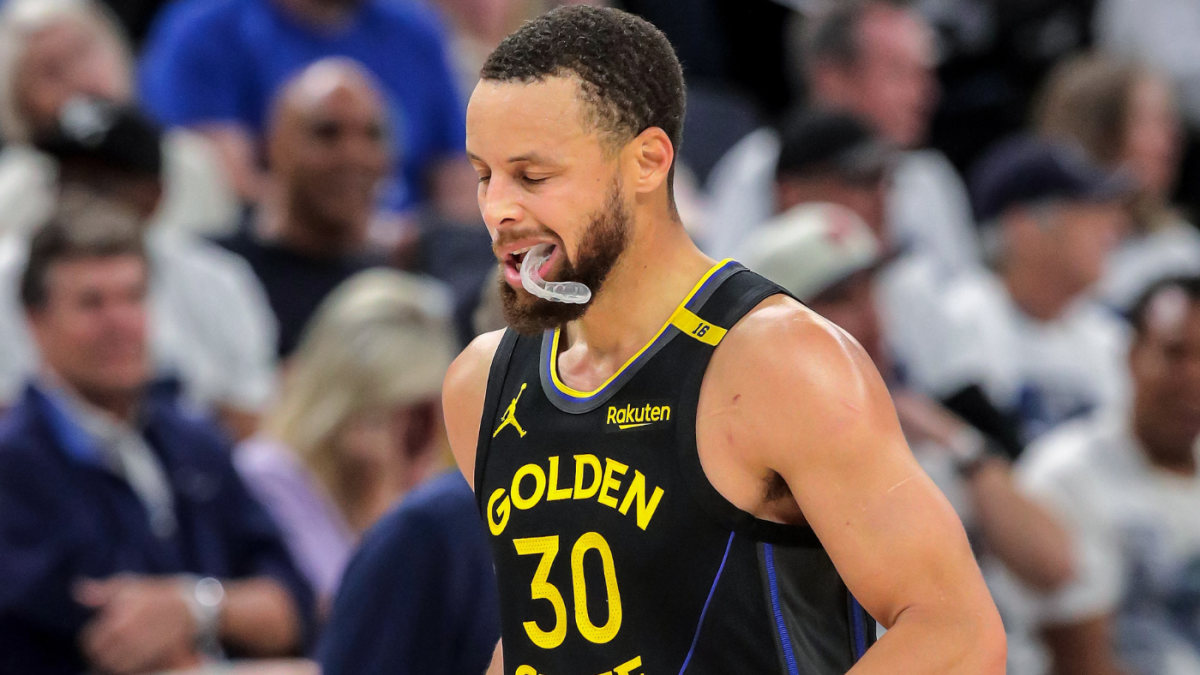The Impact of Stephen Curry’s Hamstring Injury on the Golden State Warriors
The Unfolding Drama
In the electrifying arena of the NBA playoffs, where every second counts and every shot matters, injuries can dramatically alter the course of a team’s journey. The Golden State Warriors recently encountered a substantial hurdle when their superstar, Stephen Curry, was forced to leave Game 1 against the Minnesota Timberwolves due to a left hamstring strain. This incident has sparked a wave of speculation and concern, not only about Curry’s immediate availability but also about the team’s strategic maneuvers and the anticipated timeline for his return. This comprehensive analysis explores the ramifications of Curry’s injury, the potential recovery timeline, and the broader implications for the Warriors’ playoff aspirations.
The Injury and Its Aftermath
A Sudden Exit
The injury occurred in the early stages of the second quarter of Game 1, catching everyone off guard. Initial assessments suggested that Curry had tweaked his left hamstring, prompting his swift exit from the game. The Warriors promptly announced that Curry would not be returning, leaving the team to navigate the rest of the match without their linchpin. This turn of events was particularly devastating, given Curry’s pivotal role in the Warriors’ offensive strategy and his reputation for delivering under pressure.
Initial Responses and Team Dynamics
The news of Curry’s injury sent ripples of worry through the fanbase and the analysts’ community. Warriors coach Steve Kerr’s statement that Curry was likely to miss Game 2 added another layer of uncertainty to the team’s immediate future. This injury underscored the importance of having a deep and versatile roster, as other players would now need to rise to the occasion in Curry’s absence.
Navigating the Recovery Path
Understanding Hamstring Injuries
Hamstring injuries are typically categorized into three grades based on their severity:
The Specifics of Curry’s Injury
While the exact grade of Curry’s hamstring strain remains undisclosed, initial reports hint that it might be more than a minor strain but not severe enough to require surgery. If it is a Grade 2 strain, Curry could be sidelined for approximately a month, which would have a profound impact on the Warriors’ playoff run.
The Road to Recovery
The rehabilitation process for a hamstring strain generally involves the RICE method (Rest, Ice, Compression, and Elevation), followed by progressive strengthening exercises. Curry will likely undergo an MRI to assess the injury’s extent and receive a personalized rehabilitation plan. The Warriors’ medical team will be instrumental in ensuring Curry’s safe and swift return to the court.
Strategic Shifts for the Warriors
Immediate Adjustments
With Curry out of the picture, the Warriors will need to lean heavily on their supporting cast. Players like Klay Thompson, Andrew Wiggins, and Jordan Poole will likely see increased playing time and responsibility. The coaching staff will need to adapt their game plans, focusing on defensive strategies and finding alternative ways to generate scoring opportunities without Curry’s signature three-point shooting.
Long-Term Planning
The Warriors’ long-term strategy will hinge on Curry’s recovery timeline. If he is out for an extended period, the team may need to consider acquiring additional players or reshaping their roster to ensure they have the depth and versatility required to compete in the playoffs. This could involve trades, free-agent signings, or even promoting players from the G League.
Conclusion
A Defining Moment
Stephen Curry’s hamstring injury represents a defining moment for the Golden State Warriors. While the immediate impact is evident—Curry’s absence in Game 1 and likely Game 2—the long-term effects will depend on the injury’s severity and the team’s ability to adapt. The Warriors have a proven track record of resilience and a roster brimming with talent, which will be crucial in overcoming this challenge.
The Path Forward
As the Warriors forge ahead, they will need to strike a balance between the urgency of the playoffs and the necessity of ensuring Curry’s full recovery. The team’s medical staff, coaching, and players will all play pivotal roles in this process. Fans and analysts will be keenly observing how the Warriors respond to this setback and whether they can sustain their momentum in the playoffs.
In the end, the outcome of this situation will be a testament to the Warriors’ strength as a team and their ability to conquer adversity. The road ahead is fraught with uncertainty, but one thing is certain: the Golden State Warriors will need to draw on their collective talent and resilience to continue their playoff journey.












